How to use Photo Voltaic Cell in Electronics Projects?
What is Photo Voltaic Cell? How to use it in Electronics Projects?
Photodetectors are widely used to do hobby electronics simple projects.
The photo detectors are used to sense the presence/absence of almost any object.
The photo operated devices fall into one of the following three categories
- Photo Voltaic Devices
- Photo conductive Devices
- Photo Emissive Devices
In this post we will discuss about photo voltaic devices only.
PhotoVoltaic Cell:
- Photovoltaic cells are commonly known as solar cells.
- They are made up of silicon.
- They have the ability to produce voltage in the presence of light.
- Depends upon the material used to make the solar cell, the amount of voltage produced by the cell is determined.
- The silicon made solar cell will produce 0.5Volts in the presence of direct sun light.
- If the solar cell is connected to the closed circuit path, then current will flow through the circuit.
- The amount of current produced by the solar cell is determined by the surface area of the photo voltaic cell/solar cell.
Photo Voltaic Cell Symbol:
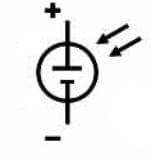
- The schematic symbol of Solar cell / photo voltaic cell is shown in the above figure.
- As shown, the symbol is similar to single cell battery symbol in addition to that of two arrows.
- Here the battery symbol indicates that the solar cell act as a single cell and has a capability to produce voltage
- The arrow symbol indicates that to produce voltage the light has to be fell over it.
Advantage of Solar Cell:
The photo voltaic cells have the ability to operate an electrical equipment without external power.
This is the important point to remember. Using this concept in various real life applications we can make simple projects.
Solar Cell Real time Application Example:
In this section, we will see how can we use photo voltaic cells in projects.
- As the silicon made solar cells produce only 0.5Volt, it is necessary to add more cells in series to get enough voltage.
- Similarly to get more current, several photo voltaic cells have to be connected in parallel manner.
Consider that we have to turn ON/OFF the relay whenever a place gets more brightness. Consider that the relay coil requires 3 volts at 250mA to operate.
The following circuit will meet this requirement (This is partial circuit showing only solar cell and relay coil part of the complete project circuit)
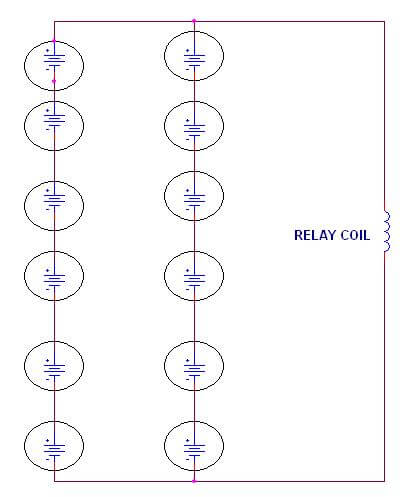
- Assume that the particular part no solar cell has the ability to 0.5V at 150 mA.
- Since one photovoltaic cell produce 0.5 volts, 6 cells have to be connected in series to get 3Volts.
ie, 0.5volts x 6 = 3 volts - To meet the 250mA current requirement, connect 6 more cells in parallel with this.
- This setup is sufficient to operate the relay coil.
Read More:
555 Timer Based Simple Projects Ideas
Simple LED Flasher Circuit
C Mini Project for Diploma students: Binary Tree Implementation
Please don't just read and leave the page, please your comments below which is highly appreciated...
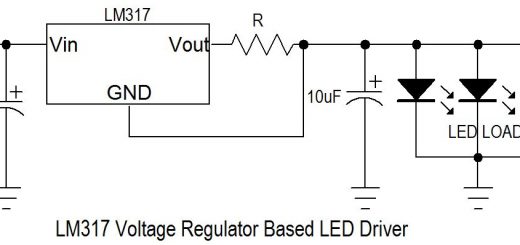
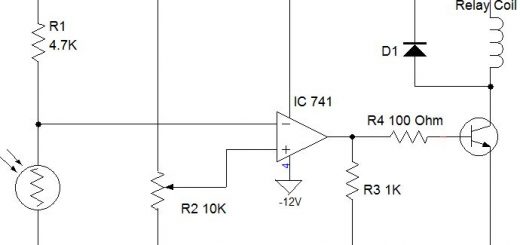
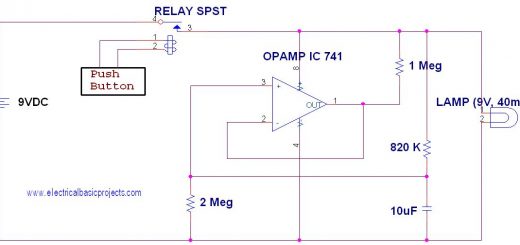
Dear Electricalbasicprojects Team,
Greetings for the day,
We feel glad to inform you that your website/blog titled (How to use Photo Voltaic Cell in Electronics Projects? and hyperlink”/how-to-use-photo-voltaic-cell-in-electronics-projects/“) was covered by our teams on our website www.engineersgarage.com
The coverage can be locate at (How To Use Photovoltaic Cells In Electronic Projects? and hyperlink"https://www.engineersgarage.com/mygarage/how-use-photovoltaic-cells-electronic-projects"). You may use the same link to share the story among your community/followers.
If you would like to submit more recently developed projects for review, you may contact us using the link (DIY Reviews, https://www.engineersgarage.com/submit/diy-reviews).
About EG:
EngineersGarage is a community of Electrical & Electronics Engineers which interacts with each other to learn and share technical knowledge. We publish high quality technical content which includes experiments, circuit design, tutorials and articles for the electronics fraternity. Our community comprises of active and loyal audience of design, research and product engineers from industries and hobbyists.
Key Statistics
1. EG currently serves 550k+ visitors every month.
2. Registered database of 300k+ engineers.
3. 1Million+ followers on Facebook.
Best Wishes
Team EG